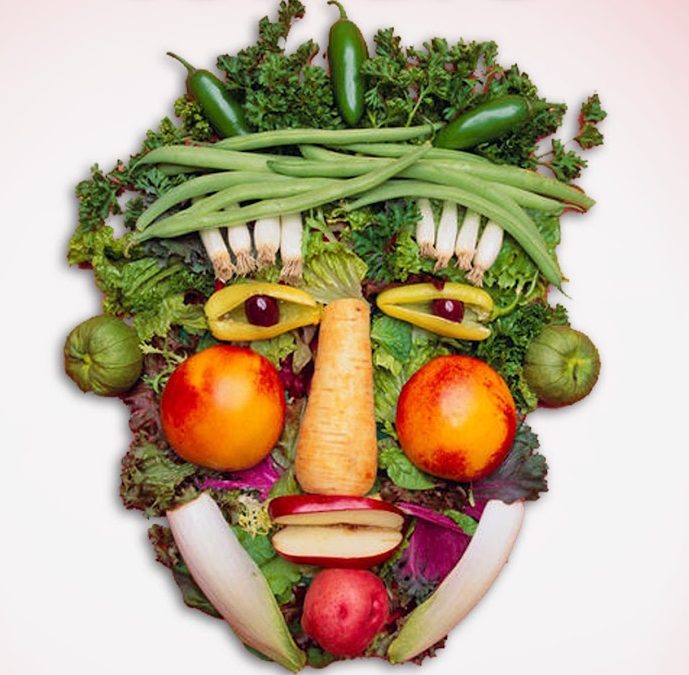by Monica Palmer
One of the most challenging obstacles in illuminating the very real problem of US hunger is the fact that the problem is largely hidden from public view.
Most families who are food insecure do not wish to broadcast the fact that they need to seek assistance from food pantries in order to make ends meet and for good reason.
There have been times when a person has shared his story to help bring awareness to what hunger looks like in our modern society, and he has been met with criticism. Is it any wonder that it’s difficult to put an accurate face on the issue of US hunger?
For example, I recently watched a video of a family, who bravely volunteered to bear testament to the impact of food insecurity on their lives, and some ignorant observer with the benefit of cyber anonymity proclaimed, “doesn’t look like they’re missing too many meals to me!”
I don’t use the word “ignorant” in a pejorative sense here. I mean the person is literally ignorant of the signs of hunger in this country.
US hunger is more commonly an issue of malnourishment than undernourishment.
Of the many coping mechanisms employed by Americans facing hunger, one of the most common is purchasing inexpensive food that is calorie dense, but nutritionally poor. The reliance on this strategy can lead to a variety of health issues including obesity.
So, it is possible to be hungry and overweight.
In 2006, the USDA coined the term “food insecurity” to help distinguish the problem of hunger in the United States as a different sort of problem than hunger in third world countries.
Food Insecurity is defined as: a limited or uncertain availability of nutritionally adequate and safe foods required for a healthy lifestyle.
This definition highlights the fact that when it comes to creating food security, nutrients matter. The types of food being consumed can make all the difference.
We’ve all heard the expression, “you are what you eat,” but it’s more than just a pithy saying used by moms to get their kiddos to eat their veggies. It’s a scientific fact.
The nutrients we consume are indeed the material our bodies use to compose our cell membranes, blood, bone marrow and hormones. We are, quite literally, what we eat.
A majority of low-income families in Missouri admit to buying cheaper, less healthful food items, because they are looking for the most filling rather than the most nourishing items.
Food banks in Missouri recognize that this is a potentially dangerous situation for the health of our state. This is why the mission of all six of our network food banks now includes increasing the distribution of fruits, vegetables, whole grains and lean protein.
Making healthy food accessible to all Missourians creates an equal nutritional opportunity for everyone.
Simply put: healthy food means healthy Missourians
For further reading on the Face of US Hunger:
http://www.nationalgeographic.com/foodfeatures/hunger/

